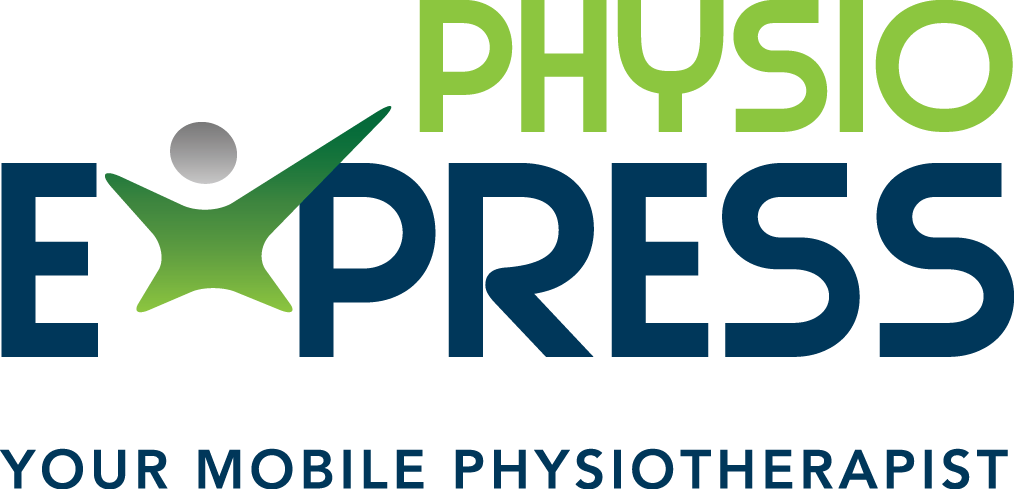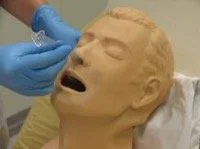Respiratory Management in the Community – Suctioning
WHAT IS IT?
Physiotherapy plays a key role in the assessment, treatment and management of a wide range of respiratory disorders. There are many potential options for treatment, each with their own indications, potential benefits and risks, which must be carefully considered. One such treatment option for excessive secretions is airway suctioning, which is often used as a last resort option if other methods to improve cough effectiveness have proven ineffective and excessive secretions are distressing for people and their family members.
POTENTIAL INDICATIONS (AS DETERMINED BY YOUR PHYSIOTHERAPIST):
Portable suctioning machine that may be used at home
Reduced oxygen saturation levels
Increased supplementary oxygen requirements
Visible/audible/palpable secretions
Poor or absent cough
Reduced chest wall movement
Signs of respiratory distress
WHY SUCTION?
To remove secretions
To restore a patent airway
To maintain oxygenation and ventilation
To reduce the overall work of breathing
An oropharyngeal airway device or Guedel
A nasopharyngeal airway device or “nasal trumpet”
IS IT SAFE?
Suctioning is an invasive procedure, and there are several complications that could occur during suctioning if it is performed inappropriately, such as tissue damage, bleeding, vomiting and aspiration. However, with the appropriate knowledge, training, methods, equipment and personnel it can be performed safely. There a several reasons (contraindications) that suctioning could be inappropriate, therefore it is imperative that this treatment method is selected very carefully by your team in conjunction with your general practitioner. Regular contact with your Physiotherapist is recommended if this technique is required and is within their personal scope of practice.
OTHER OPTIONS?
There are other treatment options for improved secretion clearance in those who struggle with excessive secretions and/or reduced cough effectiveness.
Manual techniques such as percussions and vibrations
Mechanical cough assist devices
Manual cough assist/thrust techniques
Inhaled medications or saline
Positioning, breath stacking
Humidified air via AIRVO
Your Physiotherapist will discuss these if they are appropriate. It is often the case in respiratory care that several strategies are used together to maximise treatment effectiveness.
REFERENCES
Bott, J., Blumenthal, S., Buxton, M., Ellum, S., Falconer, C., Garrod, R., ... & White, J. (2009). Guidelines for the physiotherapy management of the adult, medical, spontaneously breathing patient. Thorax, 64(Suppl 1), i1-i52.
Airway Suctioning – Clinical Practice Standard - https://www.wacountry.health.wa.gov.au/~/media/WACHS/Documents/About-us/Policies/Airway-Suctioning-Clinical-Practice-Standard.pdf?thn=0 Accessed 2024
Pasrija D, Hall CA. Airway Suctioning. [Updated 2023 Feb 15]. In: StatPearls [Internet]. Treasure Island (FL): StatPearls Publishing; 2024 Jan-. Available from: https://www.ncbi.nlm.nih.gov/books/NBK557386/



